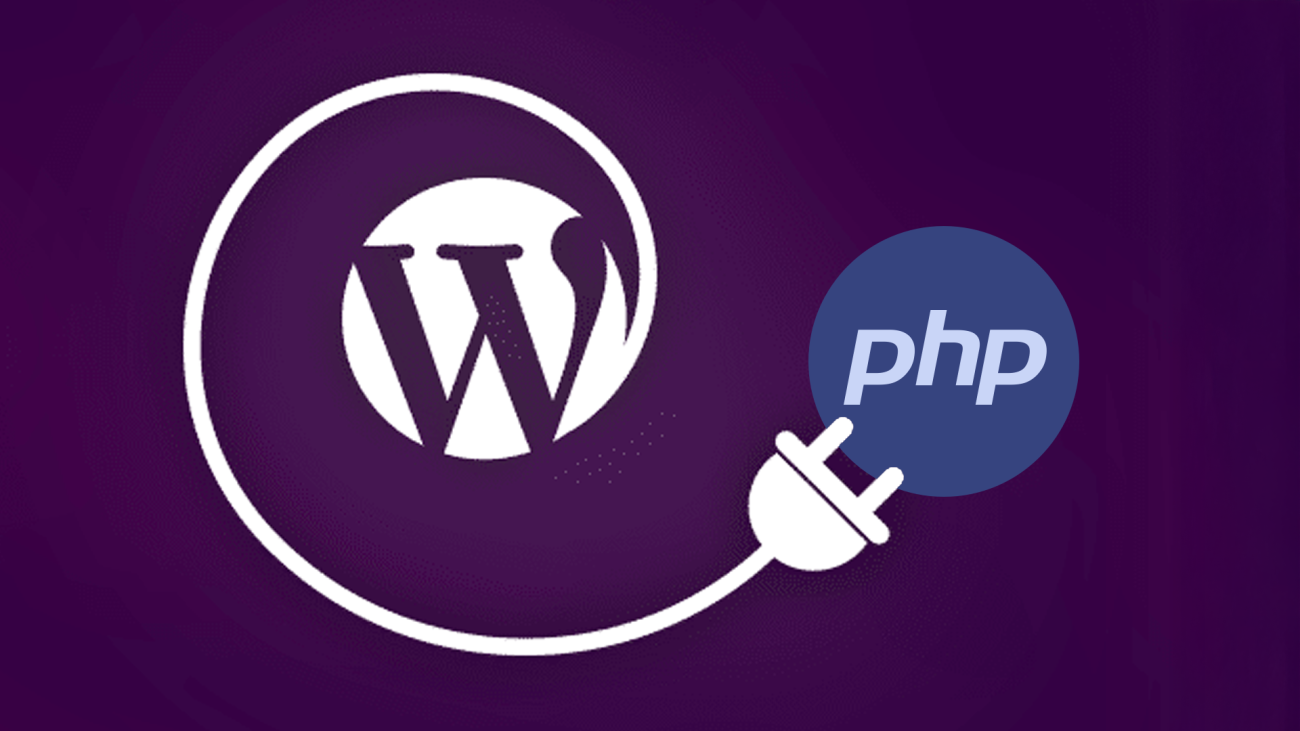Our Story
WordPress has long been celebrated as a versatile and robust platform, offering billions of dollars worth of support through its extensive range of themes and plugins. Originally built for blogging, WordPress has evolved into a powerful content management system that can serve as the foundation for almost any type of project.
Over time, developers have discovered that while WordPress excels at providing out-of-the-box solutions, there are scenarios where the available plugins and themes may not fully meet the unique requirements of a project. This often leads to the need for customizations—sometimes fully custom, other times partially modified—to extend WordPress beyond its traditional role.
Pain Points and Challenges
- Plugin Limitations: While plugins offer a wealth of features, they can be too generic or bloated for specific needs.
- Customization Needs: Some projects require a tailored approach that only pure PHP customizations can deliver.
- Performance and Security: Integrating external data sources and custom functionalities demands attention to caching and security best practices.
The Goal of This Mini-Series
This series is designed to empower WordPress developers by demonstrating how to extend the platform using pure PHP. You will learn how to:
- Create and customize the
front-page.phptemplate to fetch and display dynamic data. - Develop custom REST API endpoints to expose tailored JSON data structures.
- Implement best practices in caching and security to enhance performance and safeguard your website.
By following this guide, you’ll gain the confidence and skills to take your WordPress projects beyond blogging—making them dynamic, secure, and truly custom. Whether you’re just starting out or looking to refine your development practices, this mini-series is your go-to resource for unlocking WordPress’s full potential.
Further Reading
For more in-depth insights, check out these related chapters:
- Chapter 1: Custom Templates and PHP Basics in WordPress
- Chapter 2: Extending Functionality with Custom REST API Endpoints and External Data
- Chapter 3: Best Practices, Security, and Advanced Customizations
Conclusion
This introductory chapter sets the stage by highlighting the strengths and limitations of WordPress as a platform. It outlines the real-world challenges developers face and clearly states the goals of this mini-series: to provide you with practical, hands-on guidance for integrating pure PHP into WordPress, ensuring that your projects are not only functional but also optimized for performance and security. Let’s embark on this journey to transform your WordPress site into a truly custom solution.
Frequently Asked Questions
What is WordPress?
WordPress is an open-source content management system (CMS) that powers millions of websites worldwide, offering extensive theme and plugin support.
Why use pure PHP in WordPress?
Using pure PHP allows you to create custom solutions that go beyond standard plugins and themes, giving you the flexibility to tailor your site’s functionality exactly as needed.
What is front-page.php?
front-page.php is a special template file in WordPress that is automatically used as the homepage. It enables you to customize the landing page completely, independent of other templates.
How do I create a custom page template?
You can create a custom page template by adding a new PHP file to your theme with a specific header comment (Template Name). Then, assign this template to a page through the WordPress editor.
What are REST API endpoints in WordPress?
REST API endpoints allow you to expose custom data from your WordPress site in a structured JSON format, making it accessible to external applications or custom site templates.
How do I fetch external API data in WordPress?
You can use functions like wp_remote_get() to fetch data from external APIs, then decode the JSON response with json_decode() and display it on your site.
What are transients in WordPress?
Transients are a caching mechanism that allows you to store temporary data, reducing the number of external API calls and improving site performance.
How can I ensure my custom code is secure?
Always sanitize and escape any dynamic data before outputting it using functions like esc_html() and esc_url() to prevent vulnerabilities such as XSS.
What are some common performance tips for WordPress development?
Implement caching techniques like transients, optimize your queries, and ensure your custom code follows best practices for efficiency and scalability.
Who is this mini-series for?
This mini-series is designed for WordPress developers who want to extend their projects beyond basic blogging by integrating pure PHP customizations, REST API endpoints, and external data sources while maintaining best practices in security and performance.
